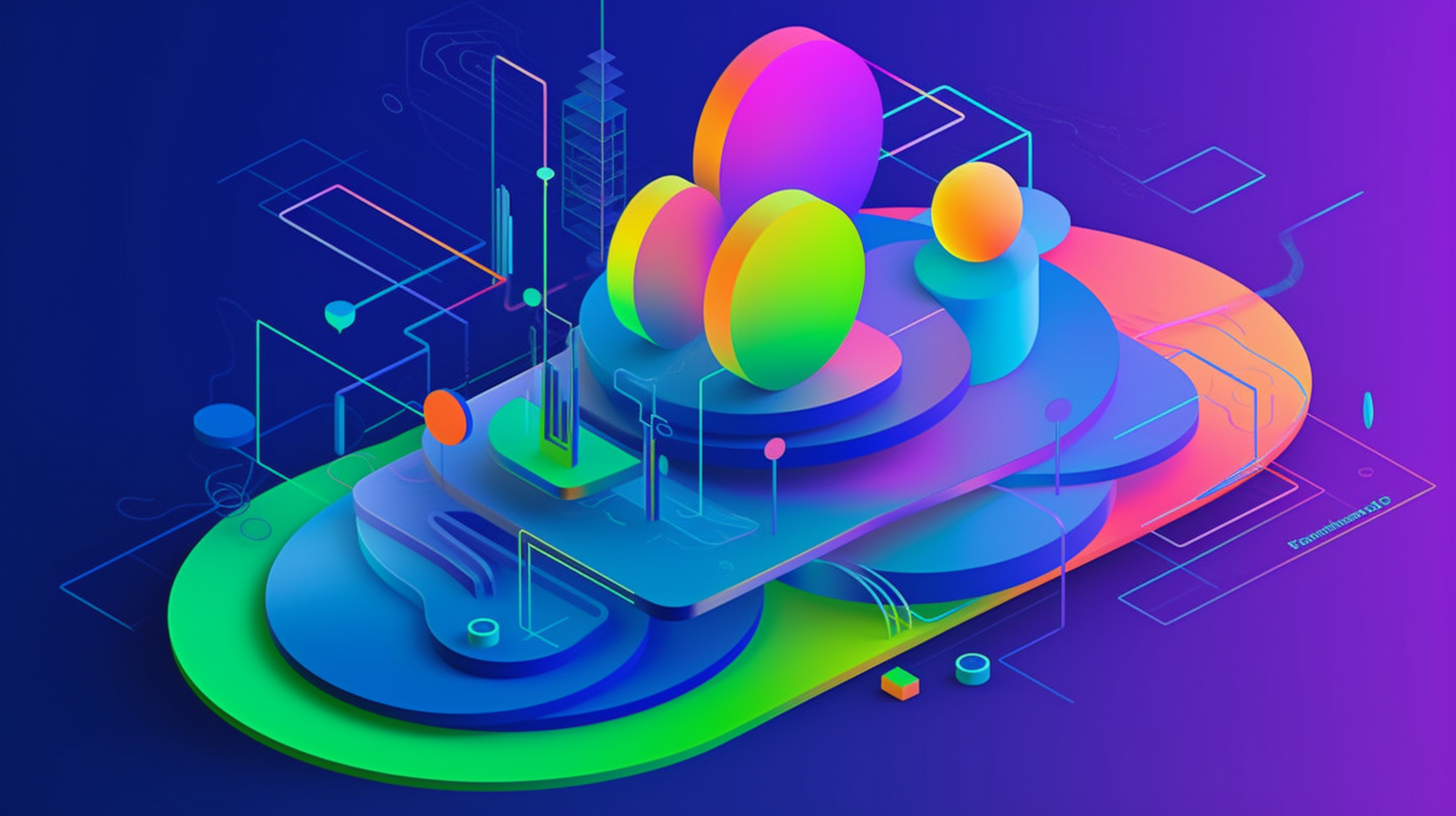Lesson 1
Intro to Design Sprint
This lesson is an overview of the Design Sprint process, identifying the right problems to bring into a Design Sprint, and how to work effectively with Designers.

Course
Once the problem has been defined and a market opportunity has been identified, it is important to create a solution that is desirable by its users. Bring an idea through concept, design, and user validation, as well as creating a spec to hand-off to engineering for development. Use design thinking methodologies to diverge in order to explore ideas, and then ultimately focus in and converge on a single idea. Map out the full concept through the creation of a prototype that can be used to validate that you’re solving a problem for real users.
Once the problem has been defined and a market opportunity has been identified, it is important to create a solution that is desirable by its users. Bring an idea through concept, design, and user validation, as well as creating a spec to hand-off to engineering for development. Use design thinking methodologies to diverge in order to explore ideas, and then ultimately focus in and converge on a single idea. Map out the full concept through the creation of a prototype that can be used to validate that you’re solving a problem for real users.
Beginner
4 weeks
Real-world Projects
Completion Certificate
Last Updated February 29, 2024
Skills you'll learn:
Prerequisites:
No experience required
Lesson 1
This lesson is an overview of the Design Sprint process, identifying the right problems to bring into a Design Sprint, and how to work effectively with Designers.
Lesson 2
This lesson covers the first phase of the Design Sprint -- Understanding. You'll get an overview of this phase, and learn several methods to increase understanding
Lesson 3
This lesson covers the second phase of the Design Sprint -- Define. You'll get an overview of this phase and learn methods to create focus and define outcomes.
Lesson 4
This lesson covers the third phase of the Design Sprint -- Sketching. You'll get an overview of this phase and then you'll learn how to sketch, brainstorm and pick ideas to sketch out in more detail.
Lesson 5
This lesson covers the fourth phase of the Design Sprint -- Deciding. We'll get an overview of this phase and learn methods to narrow down and converge on one idea.
Lesson 6
This lesson covers the fifth phase of the Design Sprint -- Prototyping. You'll get an overview of this phase, learn more about the different methods of prototyping, as well learn best practices
Lesson 7
This lesson covers the sixth phase of the Design Sprint -- Validating. You'll get an overview of this phase and learn how to validate your concept from both a user and a feasibility perspective.
Lesson 8
You’ve made it through all the phases of the Design Sprint. This lesson will focus on how to bring it all together and what will happen next
Lesson 9 • Project
For this course, you will be running a Design Sprint to further develop a concept to address an opportunity that you have identified.

Product Manager at Google
Alex King is a product manager at Google, where he works on Pixel Camera. He previously worked on setup experiences for smart home devices like Google Wifi, Google Home, and Chromecast. He formerly worked at Uber where he led rider experience for JUMP Bikes and Scooters. He graduated from the University of Washington.
Combine technology training for employees with industry experts, mentors, and projects, for critical thinking that pushes innovation. Our proven upskilling system goes after success—relentlessly.

Demonstrate proficiency with practical projects
Projects are based on real-world scenarios and challenges, allowing you to apply the skills you learn to practical situations, while giving you real hands-on experience.
Gain proven experience
Retain knowledge longer
Apply new skills immediately

Top-tier services to ensure learner success
Reviewers provide timely and constructive feedback on your project submissions, highlighting areas of improvement and offering practical tips to enhance your work.
Get help from subject matter experts
Learn industry best practices
Gain valuable insights and improve your skills

Full Catalog Access
One subscription opens up this course and our entire catalog of projects and skills.
Average time to complete a Nanodegree program
3 weeks
, Beginner
4 weeks
, Beginner
4 weeks
, Beginner
16 hours
4 weeks
, Beginner
(672)
2 months
, Beginner
4 weeks
, Intermediate
(39)
2 months
, Beginner
(588)
3 months
, Beginner
1 hour
, Discovery
(11)
4 weeks
, Beginner
1 hour
, Discovery
4 weeks
, Beginner
4 weeks
, Beginner
6 hours
, Fluency
19 hours

Product Design
3 weeks
, Beginner
4 weeks
, Beginner
4 weeks
, Beginner
16 hours
4 weeks
, Beginner
(672)
2 months
, Beginner
4 weeks
, Intermediate
(39)
2 months
, Beginner
(588)
3 months
, Beginner
1 hour
, Discovery
(11)
4 weeks
, Beginner
1 hour
, Discovery
4 weeks
, Beginner
4 weeks
, Beginner
6 hours
, Fluency
19 hours